On March 5, 2015 the Water Emergency Transportation Association (WETA) Board approved the Richmond Ferry Project Agreement, signalling the return of ferry service between San Francisco and Richmond.
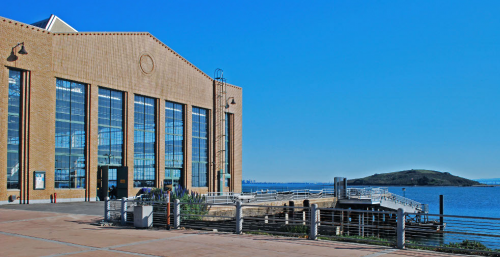
The Water Authority will now order two catamaran ferry vessels — which will become part of the San Francisco Bay Ferry fleet — and build the new ferry terminal at Ford Peninsula in Richmond. According to the Agreement, ferry riders can expect:
- In the morning (6am-9am), three trips to San Francisco, with two reverse commute trips back to Richmond
- In the evening (3pm-7pm), four trips from San Francisco to Richmond, with three reverse commute trips back to San Francisco
- The possibillity of mid-day service being established if demand and funding are sufficient
The Agreement does not provide for service on weekends, holidays or for San Francisco Giants games. Service is expected to begin sometime in 2018. For 2018, adult fares will be $9.10 one-way, or $6.80 with a Clipper Card. The youth and senior fares will be $4.50 and children under 5 will ride free.
For more information about the Richmond Ferry Project Agreement, click here.
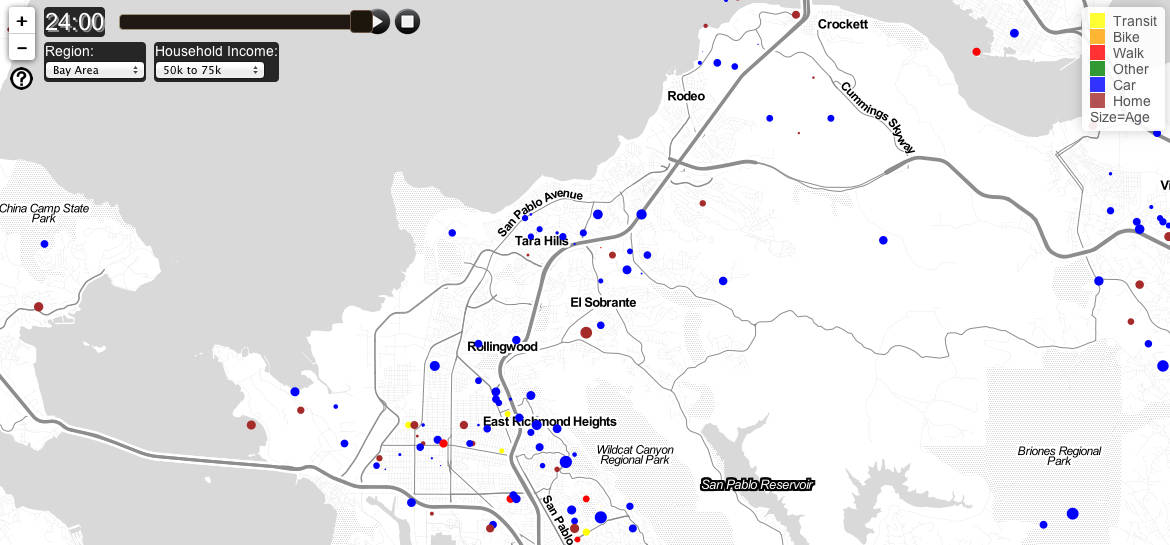
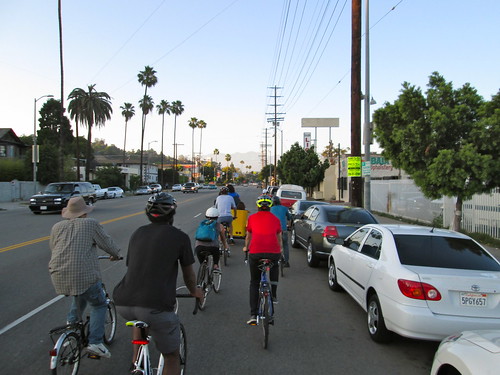

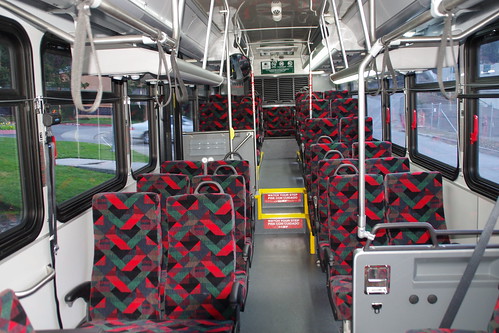

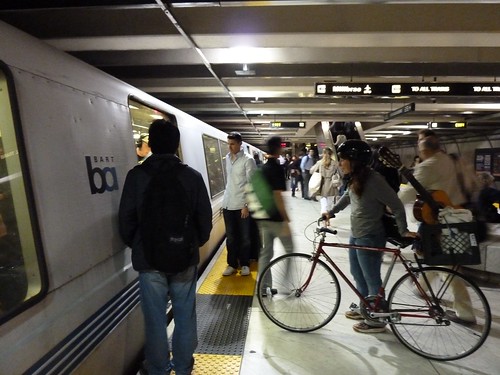
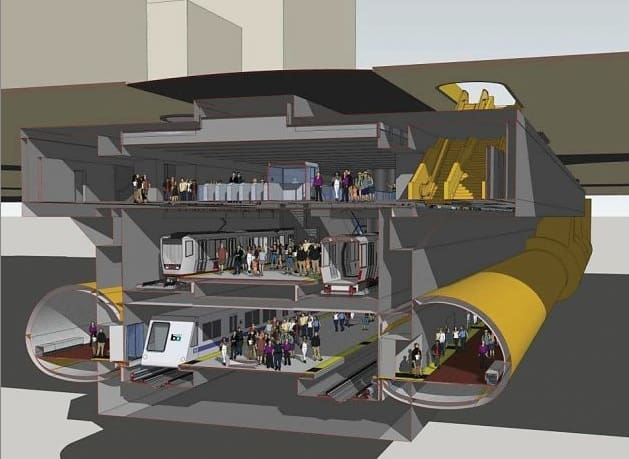
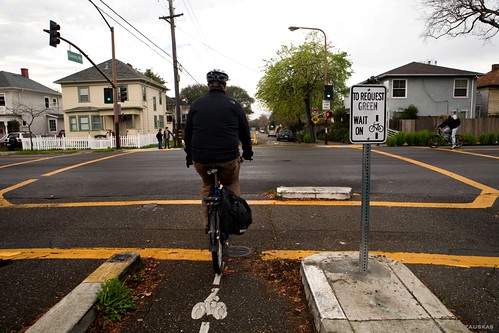


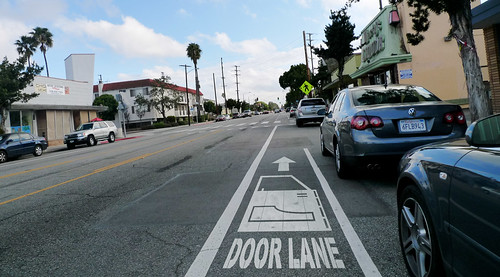

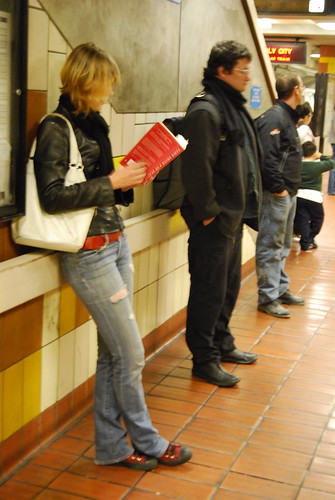
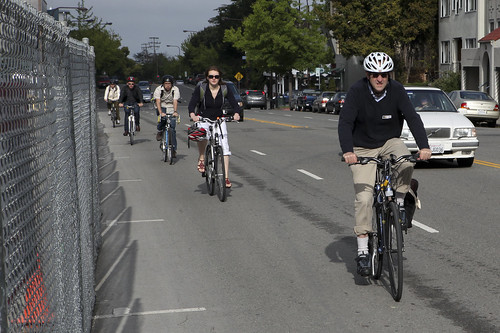
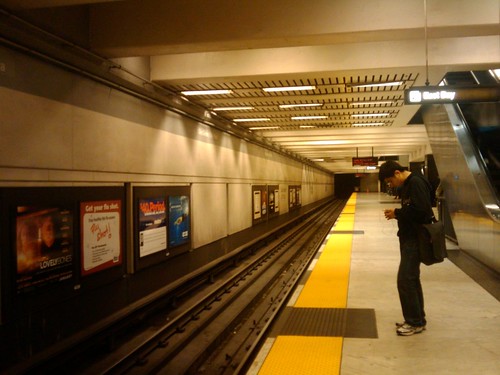
 While practically half of San Francisco lies within the 30-minute time zone, none of the trans-bay commuters now reach land within that time. All of the trans-bay districts are reached within an hour, the same as San Francisco. But for the former, from one-fourth to one-half of the time is consumed in the water trip. Shaded contour areas and time points within circles indicate how far commuters may ride within 10-minute intervals from the center of the business district-Third and Market Streets (allowing seven minutes to the Ferry terminal, and 10 minutes to the railroad terminal at Third and Townsend Streets). The inner shaded zones correspond to the running time by electric and cable lines. Double circles and the Peninsular zone particularly refer to steam lines. Running speed is indicated directly by the relative distance between these time points. For steam trains, the time shown is on limited local trains passing by only the less important stations. Some limited expresses make 26% better time, and way locals 15% slower time than here indicated. With the same character of rapid transit equipment, it appears that from 20 to 30 minutes more running time will always be necessary, by reason of the water trip, for trans-bay commuters to reach their homes than for San Franciscans, but that no such handicap exists as a limitation for Peninsular development.
While practically half of San Francisco lies within the 30-minute time zone, none of the trans-bay commuters now reach land within that time. All of the trans-bay districts are reached within an hour, the same as San Francisco. But for the former, from one-fourth to one-half of the time is consumed in the water trip. Shaded contour areas and time points within circles indicate how far commuters may ride within 10-minute intervals from the center of the business district-Third and Market Streets (allowing seven minutes to the Ferry terminal, and 10 minutes to the railroad terminal at Third and Townsend Streets). The inner shaded zones correspond to the running time by electric and cable lines. Double circles and the Peninsular zone particularly refer to steam lines. Running speed is indicated directly by the relative distance between these time points. For steam trains, the time shown is on limited local trains passing by only the less important stations. Some limited expresses make 26% better time, and way locals 15% slower time than here indicated. With the same character of rapid transit equipment, it appears that from 20 to 30 minutes more running time will always be necessary, by reason of the water trip, for trans-bay commuters to reach their homes than for San Franciscans, but that no such handicap exists as a limitation for Peninsular development.